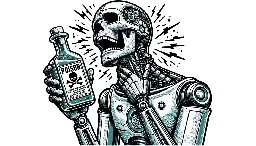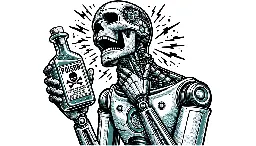Meet Nightshade, the new tool allowing artists to ‘poison’ AI models with corrupted training data
Meet Nightshade, the new tool allowing artists to ‘poison’ AI models with corrupted training data

venturebeat.com
Meet Nightshade, the new tool allowing artists to ‘poison’ AI models with corrupted training data

:sicko-blur:


